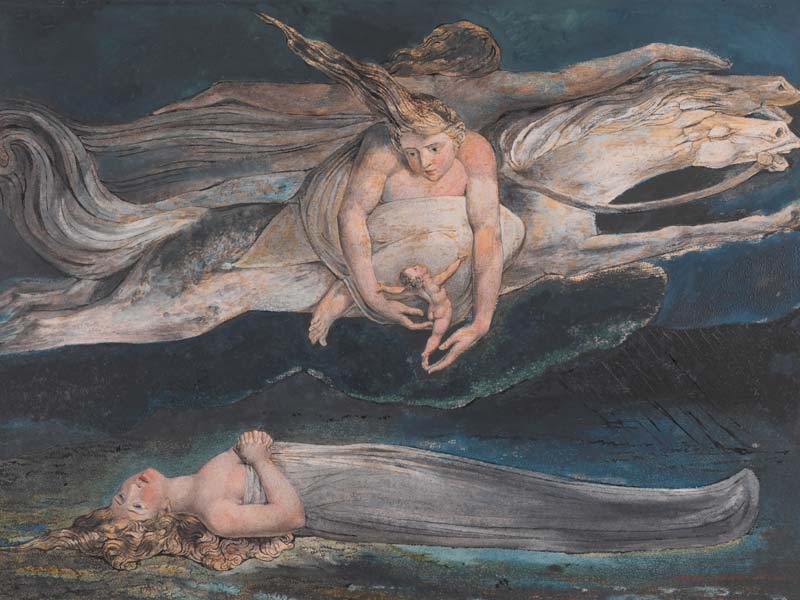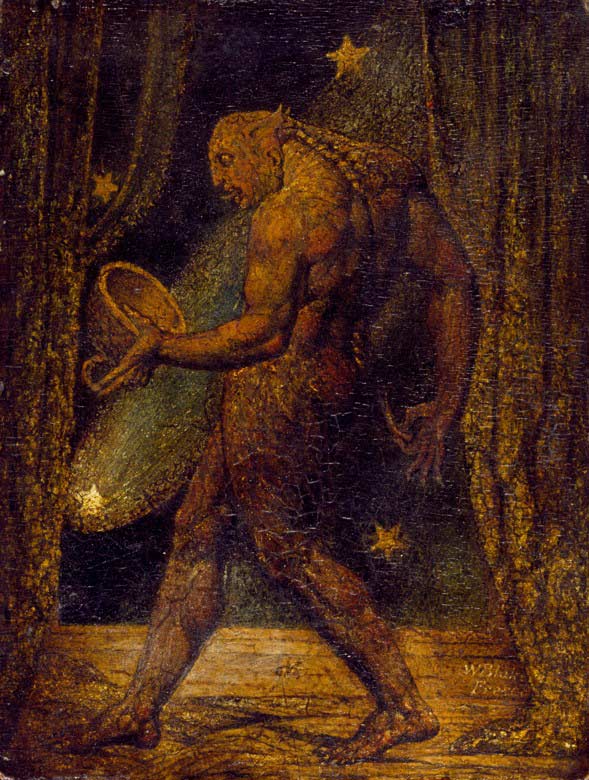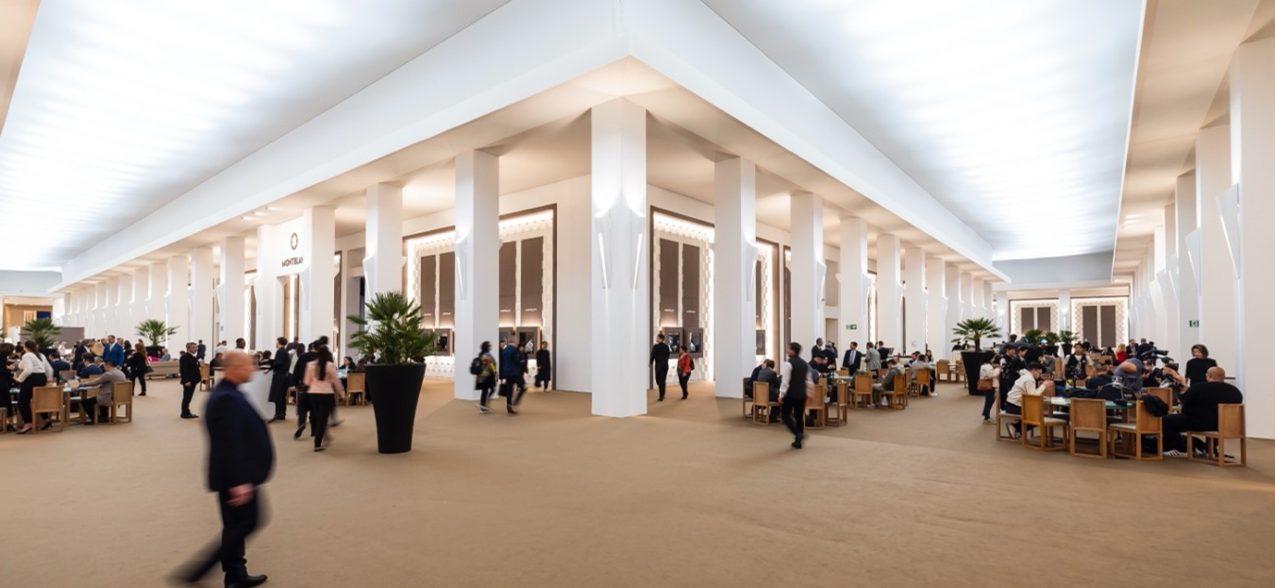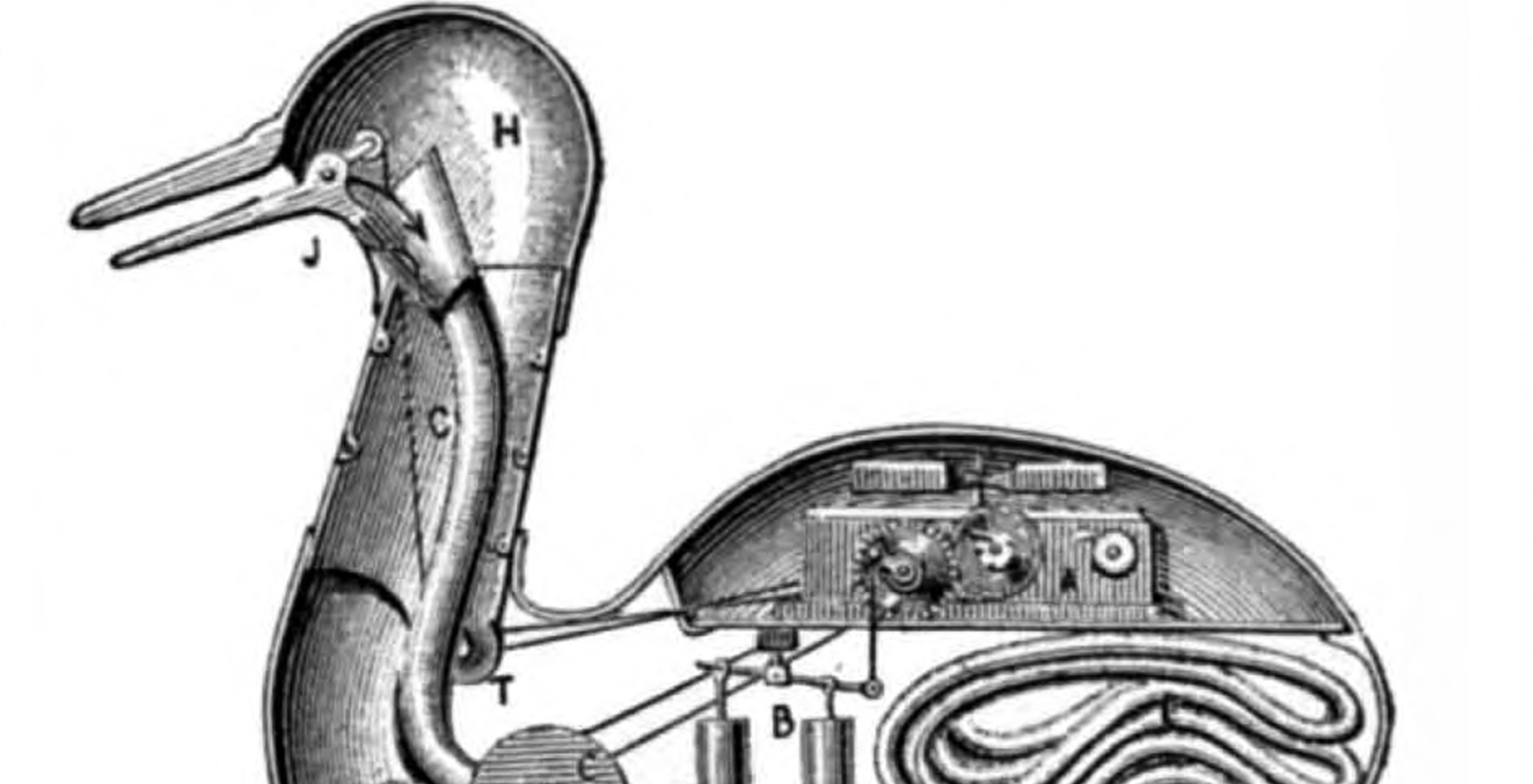Tate Britain, London
William Blake must be seen as one of the greatest Britons of all time. Blake’s talent as an English poet, painter, and printmaker, seems endless, but sadly, was unrecognised during his lifetime. Fortunately Blake is now considered a seminal figure in the history of poetry and the visual arts of the Romantic Age.
Although Blake was considered mad by contemporaries for his idiosyncratic views, he is held in high regard by later critics for his expressiveness, creativity, and for the philosophical and mystical undercurrents within his work. Ahead of his time, his paintings and poetry have been classified as part of both the Pre-Romantic and the Romantic movement.

Despite these known influences, the singularity of Blake’s work makes him difficult to categorise. The 19th century scholar William Michael Rossetti characterised him as a “glorious luminary,” and “a man not forestalled by predecessors, nor to be classed with contemporaries, nor to be replaced by known or readily summarised by his successors.”
Of what he called his prophetic works, 20th-century critic Northrop Frye said they formed “what is in proportion to its merits the least read body of poetry in the English language.” His visual artistry led 21st century critic Jonathan Jones to proclaim him “far and away the greatest artist Britain has ever produced”. In 2002, Blake was placed at number 38 in the BBC’s poll of the 100 Greatest Britons. While he lived in London his entire life -except for three years spent in Felpham-, it was during his time in Felpham that he started working on his epic poems, Milton and Jerusalem, producing a diverse and symbolically rich overture which embraced the imagination as “the body of God” or “human existence itself”. At this time, Blake was awaiting his trial for Treason, so it is ironic how this radical poem has become a national anthem.
The Tate Britain has brought to us an experience that will enable all of us to see Blake as he wanted to be seen. With over 300 original works, which include watercolours, paintings and prints, this is one of the largest exhibitions of William Blake’s work for 20 years.















Show Comments +